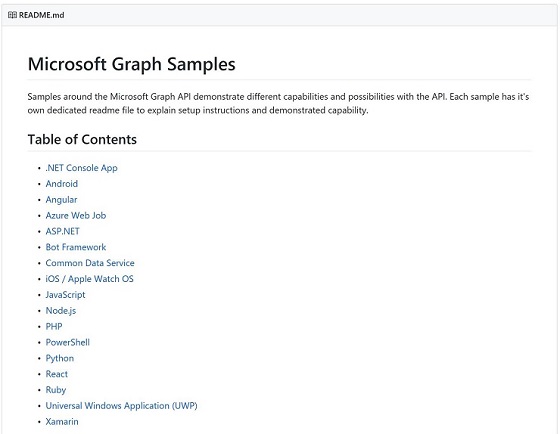


Announcing Immutable ID for Outlook resources in Microsoft Graph

2018 Office App Awards-Nominations now open

Upcoming changes to Exchange Web Services (EWS) API for Office 365

New Microsoft Graph powered developer template supports work life balance and compliance

Harness the growing network of apps and insights in Microsoft Graph

Conversations become actions in Outlook

Your guide to Office 365 at Build 2018

New Office Add-ins Analytics Report in Universal Store Dev Center and Seller Dashboard


 Light
Light Dark
Dark